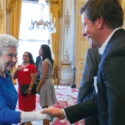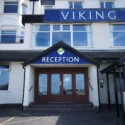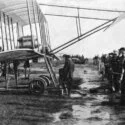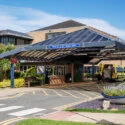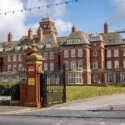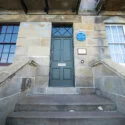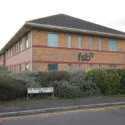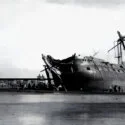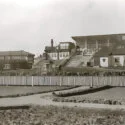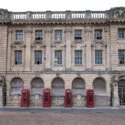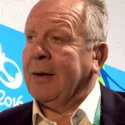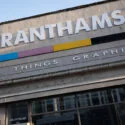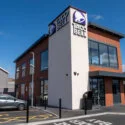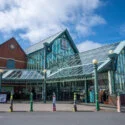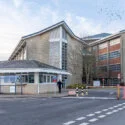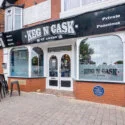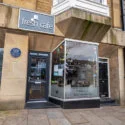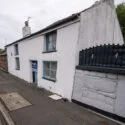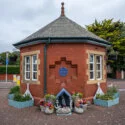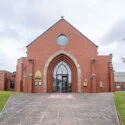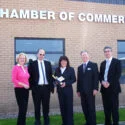Blackpool Transport was established by the town council in 1885, marking the beginning of its operations with the opening of its tramway on 29 September 1885. The tramway initially utilised a conduit system for electric operation, but this method faced significant challenges. Consequently, in 1899, the system was upgraded to a 550V overhead wiring system, which proved to be more reliable. In July 1920, Blackpool Transport expanded its services to include buses, launching its first route between Cleveleys and Thornton railway station. The introduction of bus services within Blackpool itself began in December 1922, with the inaugural route running between Adelaide Place and Devonshire Road.
To align with the Transport Act of 1985, Blackpool Transport’s assets were transferred to a newly established legal entity in 1986. The company grew through acquisitions, including the takeover of Fylde Borough Transport (trading as Blue Buses) in 1994. Fylde Borough Transport had briefly been under private ownership before being integrated into Blackpool Transport’s operations. In April 2001, the company rebranded its network as Metro Coastlines, introducing a new colour-coded scheme where each major bus route was identified by a specific colour. This branding extended to the historic tramway as well. However, on 26 July 2010, the Metro Coastlines branding was phased out, and the company returned to its original name, Blackpool Transport. The buses were rebranded with a new Tower and Waves logo, and the trams adopted a purple and white colour scheme introduced in 2012, reflecting Blackpool Council’s primary colours. The Tower and Waves logo was featured on the modernised English Electric Balloon trams but not on the Bombardier Flexity 2 trams.
Blackpool Transport operates from three main facilities. Rigby Road serves as the headquarters and is where all buses and heritage trams are maintained. This depot includes a bus engineering shed, a heritage engineering shed, and facilities for painting and fitting. In late 2022, refurbishment began on one of the older buildings at Rigby Road to prepare for the introduction of electric buses. The Starr Gate depot on the promenade is responsible for the storage, maintenance, and operation of the tram fleet, which includes the Bombardier Flexity 2 trams. Blackpool Transport previously operated a customer service store on Market Street, which was closed to the public during the COVID-19 pandemic but is still in use for company purposes. As of March 2024, Blackpool Transport’s bus fleet consists of 102 low-floor vehicles, all purchased new by the company. The fleet renewal plan, initiated in 2016, aimed to ensure that no bus in the fleet would be older than five years by 2020. The most prevalent double-deck bus model is the Alexander Dennis Enviro400 City, with 55 units in service as of June 2018, and an additional four added in 2020. The most common single-deck model is the Alexander Dennis Enviro200 MMC, with an increasing number in service since 2018. The fleet also includes nine Volvo B7RLEs and ten Mercedes-Benz Citaro O295s, though some Citaros have been sold.
From 1933 to 2001, Blackpool Transport buses were painted in a green and cream livery, which varied over the decades. This was replaced in 2010 with a new black-and-yellow livery, consolidating all route-specific liveries into a single scheme. Route branding ended in July 2010, coinciding with major changes to the bus network, including the discontinuation of the Route 6 service after 84 years and Route 2 in March 2015. These routes were partially replaced by services 12 and 13, which were later withdrawn due to funding cuts. In 2015, Blackpool Transport introduced a premium brand called Palladium, featuring Wi-Fi, E-Leather seating, wood-effect flooring, and a grey-and-yellow livery. The first route to adopt Palladium standards was Route 5, followed by Routes 7 and 9/9A, which received new Alexander Dennis Enviro400 City buses. By 2019, all Blackpool Transport buses were equipped with Palladium branding.
Looking forward, Blackpool Transport has secured funding to transition to an all-electric fleet, with the first electric buses expected to arrive by 2024 and a fully electrified service targeted for 2025. Further details on the appearance of these buses and the potential continuation of Palladium branding are yet to be released. Additionally, Blackpool Transport operates the Blackpool Tramway, which includes eighteen modern Bombardier Flexity 2 articulated low-floor trams, nine refurbished 1930s double-deck English Electric Balloon cars, and various heritage trams. Advertising remains a popular feature, especially on the traditional trams.
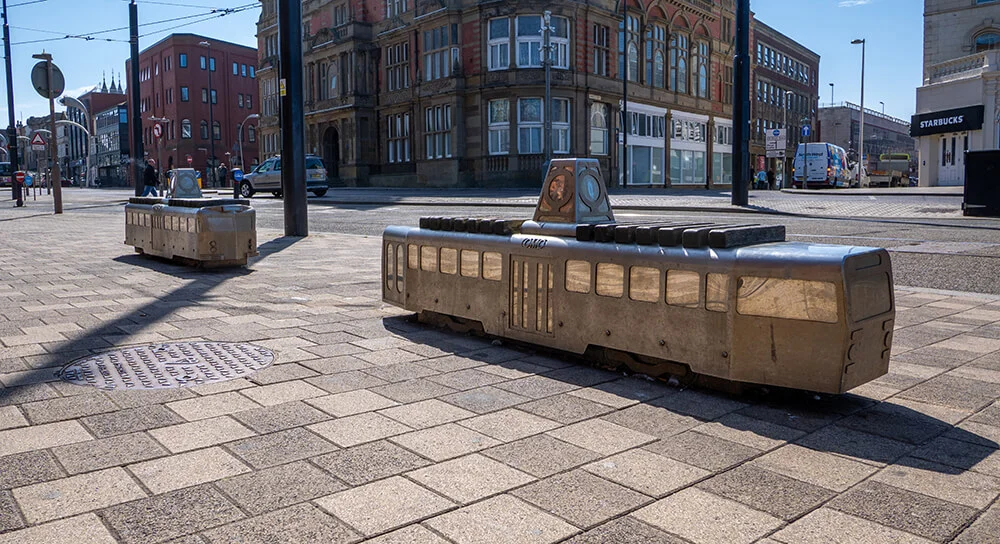
A whole new way to look at the term ‘tram seating’. They can be found opposite the Town Hall on Talbot Road.
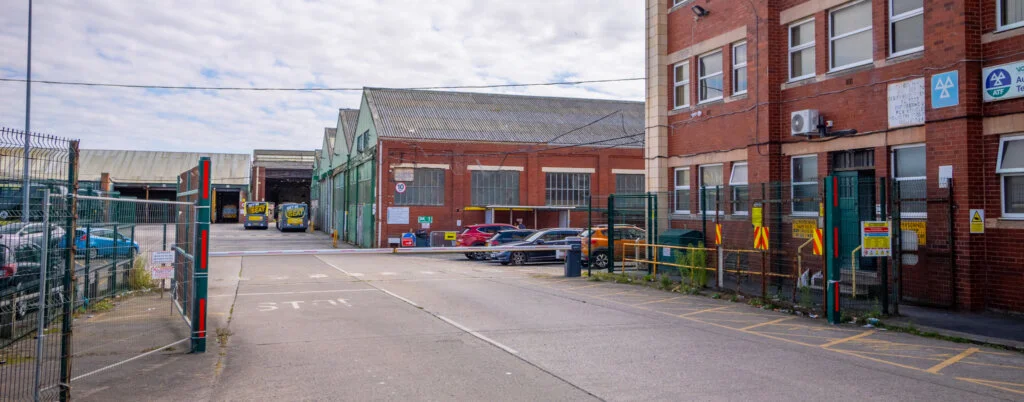
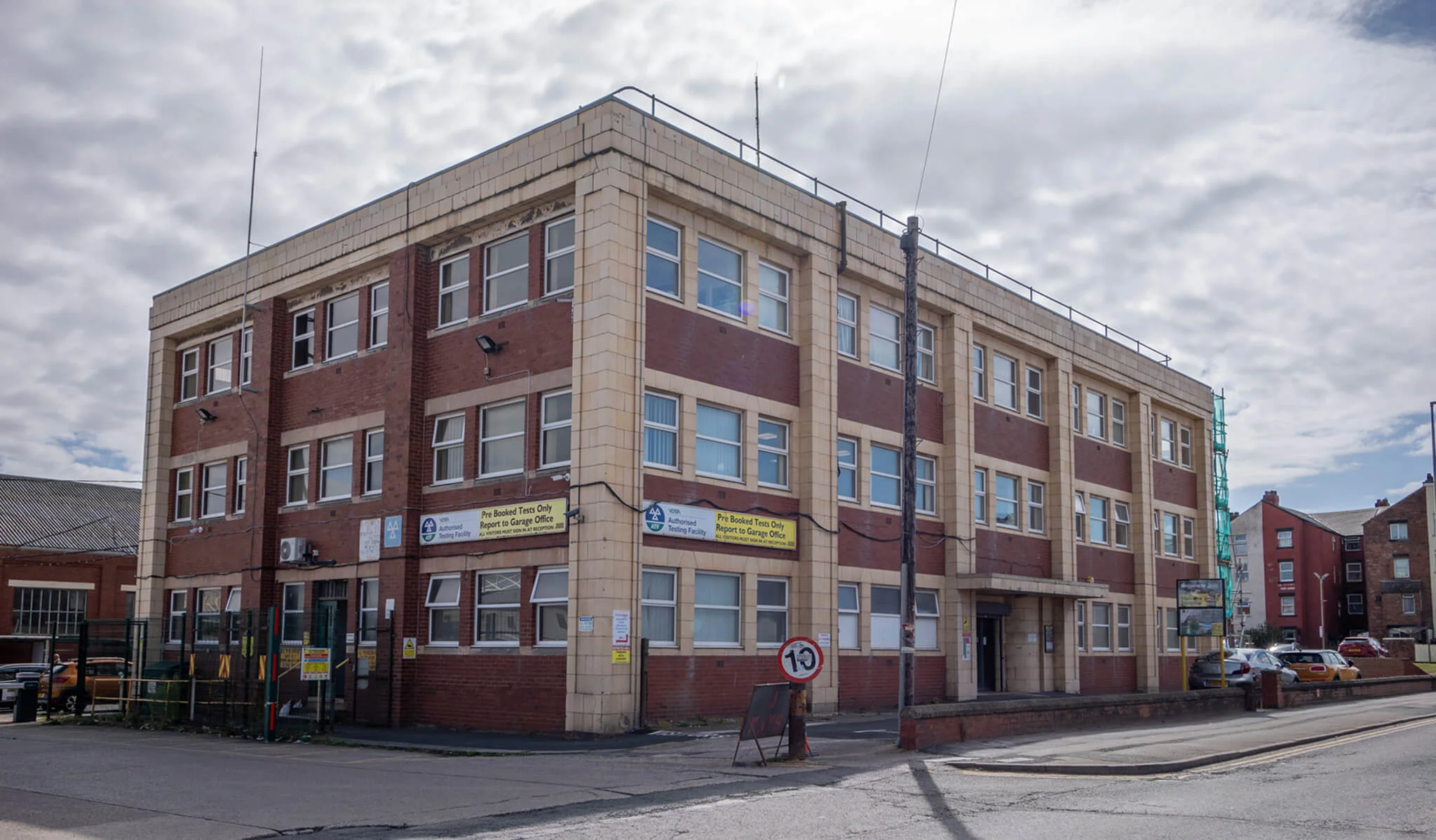
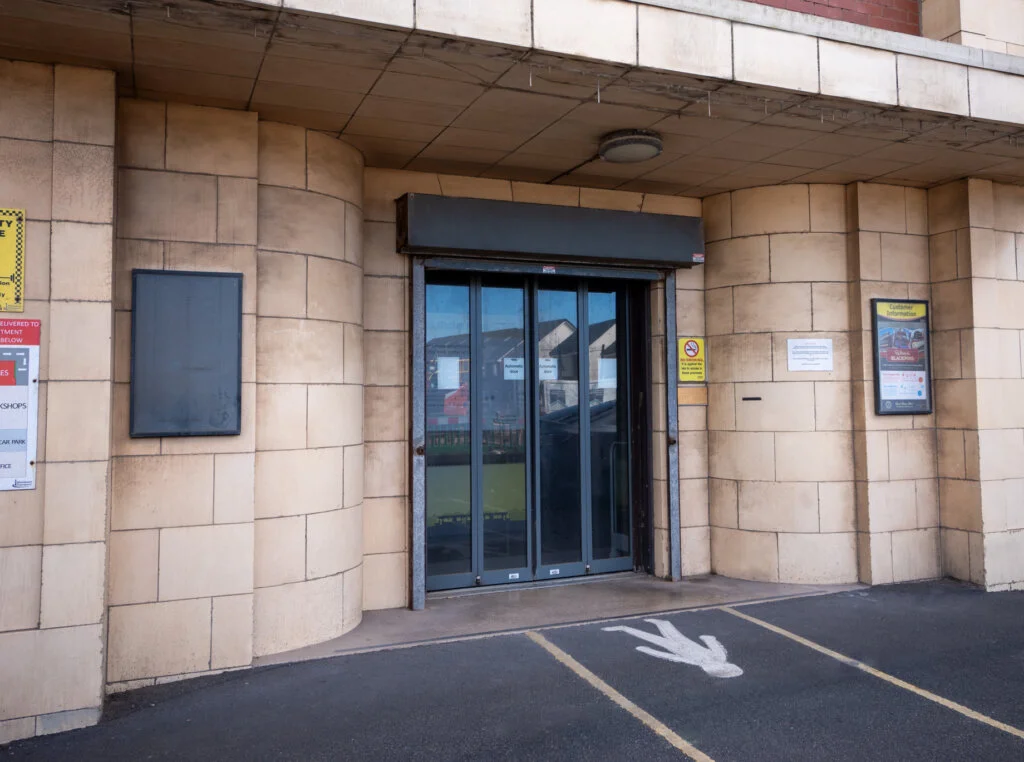
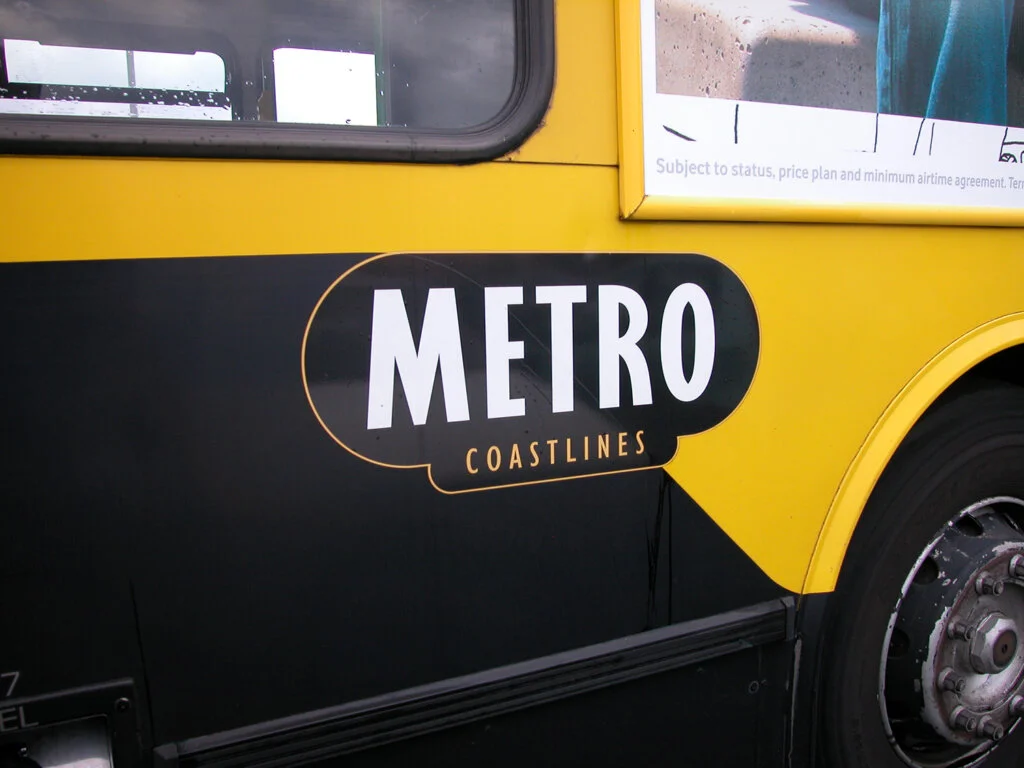
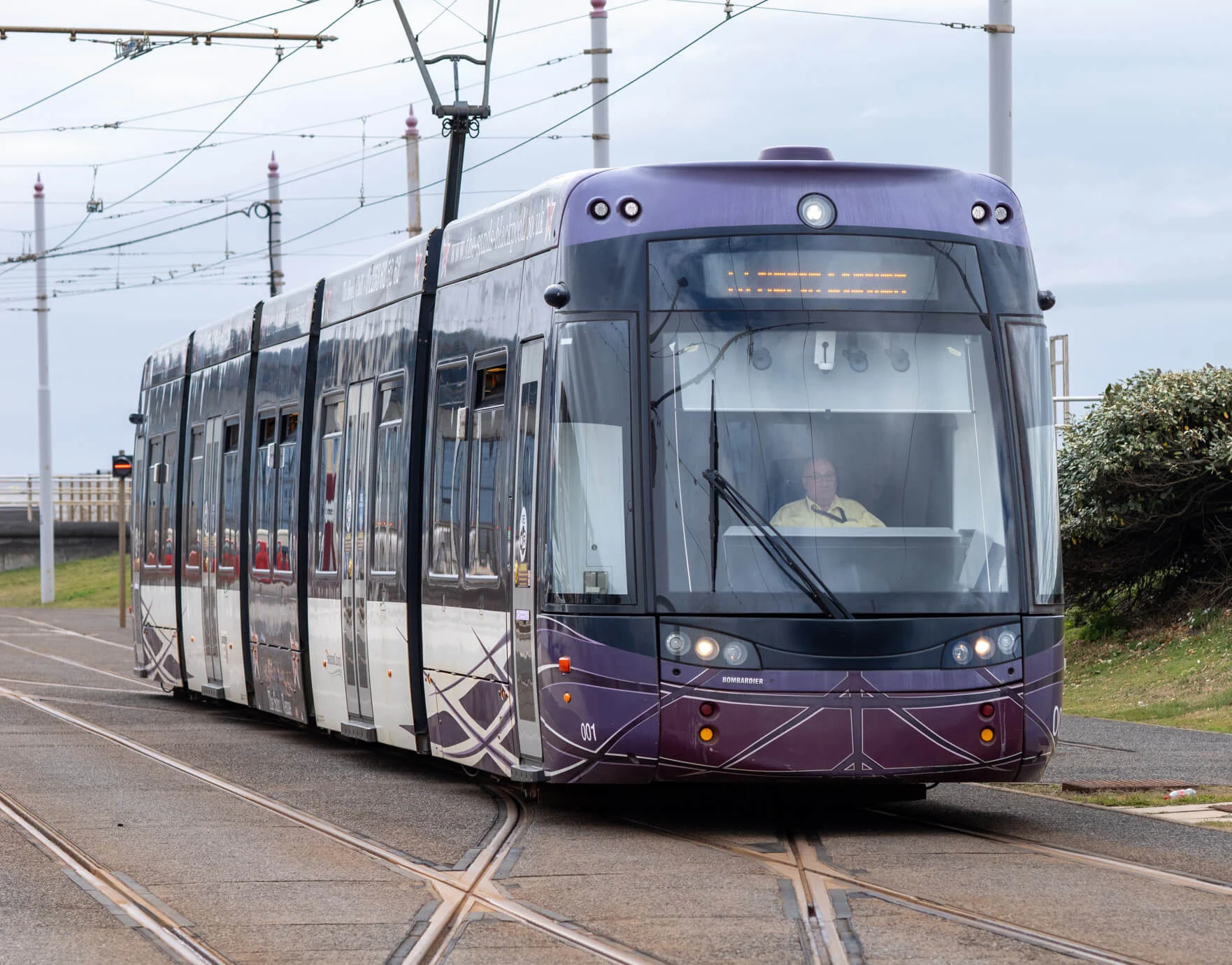
Featured Image © Deeper Blue Marketing & Design Ltd
Images by © Deeper Blue Marketing & Design Ltd





